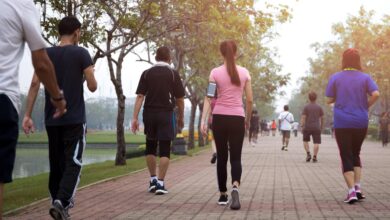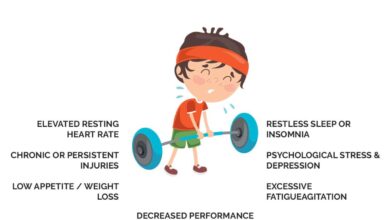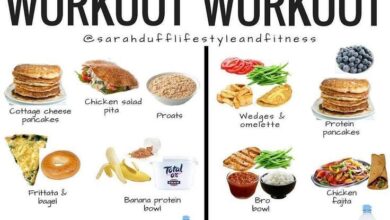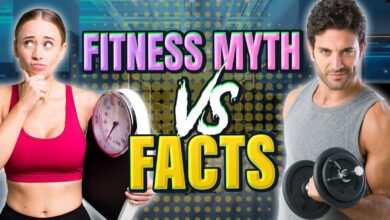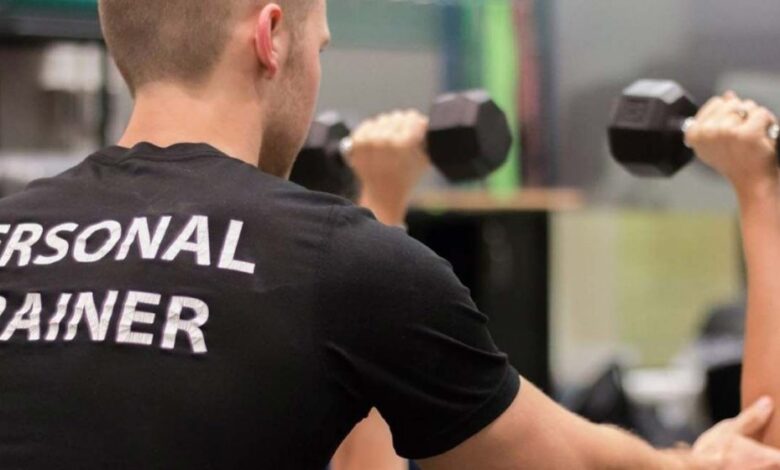
Why Does Functional Fitness Matter for a Healthier You?
Why does functional fitness matter? It’s more than just a trendy workout; it’s a movement that empowers you to move better in your everyday life. Functional fitness focuses on strengthening the muscles you use for daily activities, making tasks like carrying groceries, climbing stairs, and playing with your kids feel effortless.
It’s about building a foundation of strength and stability that supports your body, preventing injuries and promoting overall well-being.
Imagine a world where you can effortlessly lift heavy boxes, confidently navigate uneven terrain, and tackle any physical challenge with ease. Functional fitness is the key to unlocking this level of strength and mobility, making every day feel like an adventure.
Understanding Functional Fitness
Functional fitness is a training approach that focuses on improving your ability to perform everyday activities with ease and efficiency. It emphasizes movements that mimic real-life actions, rather than isolating specific muscle groups. This approach prioritizes strength, flexibility, balance, coordination, and endurance, all of which are essential for navigating the demands of daily life.
Functional fitness isn’t just about looking good in the gym, it’s about moving better in everyday life. And just like any other goal, achieving a higher level of functional fitness requires a clear plan and a strong commitment. That’s where goal setting comes in! Check out these 8 powerful goal setting tips from experts to help you stay motivated and achieve your fitness goals, whether it’s finally being able to carry groceries with ease or confidently tackling a hike.
Remember, the journey towards functional fitness is just as important as the destination!
Core Principles of Functional Fitness
Functional fitness is built on several key principles:
- Movement Patterns:Functional fitness focuses on compound movements that involve multiple muscle groups and mimic natural movements. These movements are often multi-joint, engaging multiple body parts simultaneously, such as squatting, lunging, pushing, pulling, and rotating.
- Real-Life Applications:The exercises in functional fitness are designed to translate directly into everyday activities. This means you’ll be training for tasks like carrying groceries, climbing stairs, and playing with your kids.
- Whole-Body Approach:Functional fitness emphasizes the interconnectedness of your body. It promotes balanced development across all muscle groups, rather than isolating specific areas.
- Functional Strength:Functional fitness aims to build strength that is usable in real-life situations. This means focusing on exercises that improve your ability to lift, carry, push, pull, and stabilize your body.
- Functional Flexibility:Functional fitness emphasizes flexibility that enhances your range of motion and improves your ability to perform daily tasks without pain or restriction.
Differences from Traditional Fitness
Functional fitness differs from traditional fitness approaches in several key ways:
- Focus on Movement:Traditional fitness often focuses on isolating specific muscle groups, while functional fitness emphasizes natural movement patterns that involve multiple muscle groups.
- Real-Life Applications:Traditional fitness may not always translate directly into everyday activities, while functional fitness prioritizes exercises that improve your ability to perform daily tasks.
- Whole-Body Approach:Traditional fitness may focus on specific body parts, while functional fitness takes a holistic approach, promoting balanced development across all muscle groups.
Examples of Functional Fitness Exercises
Functional fitness exercises can be adapted to all fitness levels and can be performed using bodyweight, resistance bands, dumbbells, or other equipment. Here are some examples:
- Squats:Squats are a fundamental functional exercise that strengthens your legs, glutes, and core, mimicking the motion of sitting down and standing up.
- Lunges:Lunges are another versatile functional exercise that targets your legs, glutes, and core, simulating the motion of walking or climbing stairs.
- Push-Ups:Push-ups are a bodyweight exercise that strengthens your chest, shoulders, and triceps, mimicking the motion of pushing open a door or lifting a heavy object.
- Pull-Ups:Pull-ups are a challenging exercise that strengthens your back, biceps, and forearms, mimicking the motion of pulling a heavy object or climbing a ladder.
- Plank:The plank is an isometric exercise that strengthens your core, improving your stability and balance.
- Kettlebell Swings:Kettlebell swings are a dynamic exercise that targets your glutes, hamstrings, and core, mimicking the motion of throwing or swinging a heavy object.
Benefits of Functional Fitness
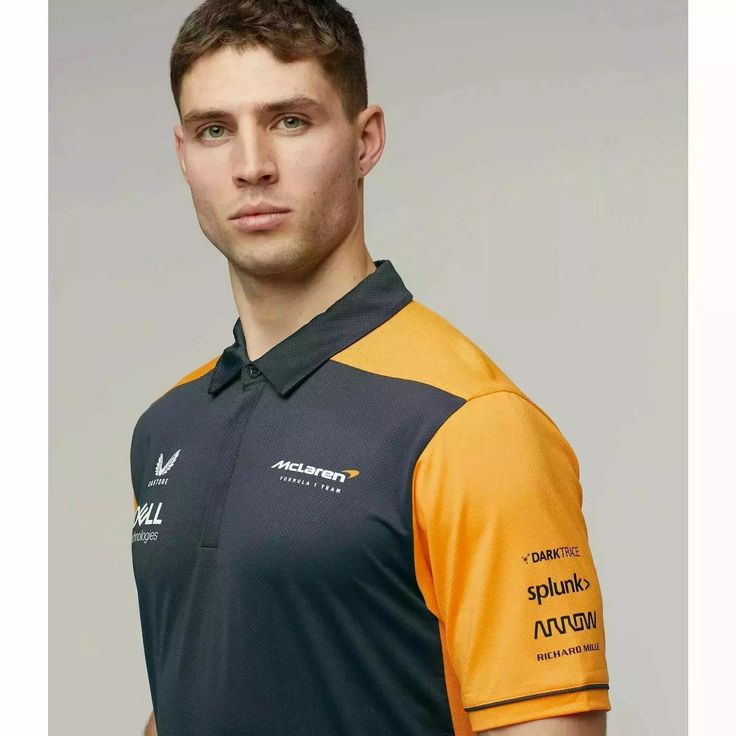
Functional fitness is not just about achieving a toned physique or building muscle mass. It’s about improving your overall well-being and enhancing your ability to perform everyday tasks with ease and efficiency. By engaging in exercises that mimic real-life movements, you’re strengthening your body in a way that directly translates to your daily activities.
Impact on Everyday Activities, Why does functional fitness matter
Functional fitness plays a crucial role in improving your ability to perform everyday tasks, from carrying groceries to climbing stairs. By strengthening the muscles responsible for these movements, you’ll find it easier to navigate your day-to-day life. For instance, functional exercises like squats and lunges help strengthen the muscles in your legs and core, making it easier to stand up from a chair or walk for extended periods.
Functional fitness isn’t just about lifting heavy weights – it’s about building strength and stability for everyday activities. Think about how much easier it would be to tackle those winter chores, like shoveling snow, if you had a strong core and flexible joints.
And if you’re craving a warm treat after all that hard work, there are plenty of healthy ways to satisfy your hot chocolate craving without sacrificing your fitness goals. Just remember, functional fitness isn’t about looking good, it’s about feeling good and living life to the fullest, whether you’re tackling a workout or enjoying a cozy night in.
Similarly, exercises that involve pushing and pulling motions, such as rows and push-ups, improve your ability to lift objects and open doors with greater ease.
Functional fitness isn’t just about looking good, it’s about feeling good and moving well in your everyday life. Think about it – how many times do you lift heavy grocery bags, bend down to pick up something, or climb stairs?
These are all movements that functional fitness strengthens. It’s not just about how many reps you can do, it’s about how well your body can perform everyday tasks. And speaking of things that might seem good for you but aren’t, have you read about the sugary truth and the downfall of juice ?
It’s a stark reminder that even seemingly healthy choices can be deceptive. Just like with juice, we need to be mindful of what we’re putting into our bodies, and that includes the activities we choose to engage in.
So, ditch the juice and pick up some weights – your body will thank you for it!
Injury Prevention and Rehabilitation
Functional fitness is an excellent approach to injury prevention. By strengthening the muscles that support your joints, you’re reducing the risk of sprains, strains, and other common injuries. It also plays a significant role in rehabilitation. After an injury, functional exercises can help restore strength, flexibility, and balance, facilitating a quicker and more effective recovery.
Comparison with Other Types of Exercise
While traditional forms of exercise like weightlifting and cardio are beneficial, functional fitness offers unique advantages. It emphasizes compound movements that engage multiple muscle groups simultaneously, making it a more efficient and effective way to train. This holistic approach translates to improved functional strength, balance, and coordination, which are crucial for maintaining overall fitness and well-being.
Real-World Applications: Why Does Functional Fitness Matter
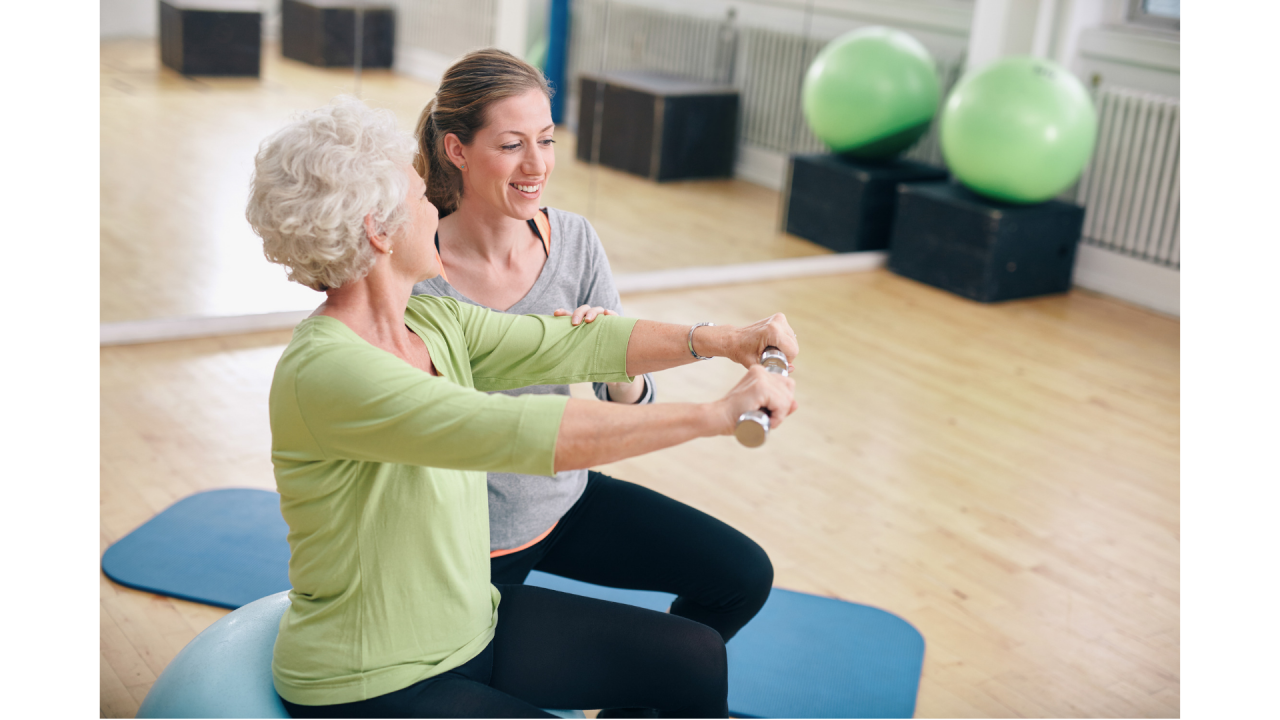
Functional fitness is not just about achieving aesthetic goals; it’s about improving your ability to perform everyday tasks and activities with ease and efficiency. It translates seamlessly into real-world situations, enhancing your quality of life and empowering you to tackle challenges with confidence.
Functional Fitness in Different Professions
Functional fitness is relevant across various professions, as it enhances performance and reduces the risk of injuries.
- Healthcare Professionals:Nurses, doctors, and other medical professionals often need to lift, move, and support patients. Functional fitness strengthens their core, improves balance, and enhances their ability to perform these tasks safely and efficiently.
- Construction Workers:Construction workers perform physically demanding tasks, such as lifting heavy objects, climbing ladders, and working in awkward positions. Functional fitness builds the strength, endurance, and flexibility they need to perform these tasks safely and avoid injuries.
- Law Enforcement Officers:Law enforcement officers engage in physically demanding activities, such as running, chasing suspects, and performing self-defense techniques. Functional fitness improves their cardiovascular health, strength, and agility, enabling them to handle high-pressure situations effectively.
- Military Personnel:Military personnel require high levels of physical fitness to perform their duties. Functional fitness programs are crucial for their training, as they build the strength, power, and endurance needed for combat operations, long marches, and other demanding tasks.
Functional Fitness Routine for Specific Lifestyle Needs
Designing a functional fitness routine requires considering individual needs and goals. Here’s an example of a routine tailored for a busy professional who wants to improve their overall fitness and well-being:
- Warm-up:5 minutes of light cardio, such as jogging or jumping jacks, followed by dynamic stretches, like arm circles and leg swings.
- Strength Training:Focus on compound exercises that engage multiple muscle groups, such as squats, lunges, push-ups, and rows. Aim for 3 sets of 8-12 repetitions for each exercise.
- Cardiovascular Exercise:Incorporate 20-30 minutes of moderate-intensity cardio, like brisk walking, cycling, or swimming, 3-4 times per week.
- Flexibility and Balance:Include yoga, Pilates, or stretching exercises to improve flexibility and balance. Aim for 15-20 minutes of these exercises 2-3 times per week.
- Cool-down:Finish each workout with 5-10 minutes of static stretching to promote recovery and reduce muscle soreness.
Functional Fitness for Different Age Groups
Functional fitness benefits individuals of all ages, adapting to their specific needs and limitations.
| Age Group | Benefits of Functional Fitness |
|---|---|
| Children and Adolescents | Develops motor skills, improves coordination, and promotes healthy growth and development. |
| Adults | Increases strength, endurance, flexibility, and balance, reducing the risk of age-related decline and improving overall health and well-being. |
| Seniors | Enhances mobility, prevents falls, improves balance, and promotes independence in daily activities. |
Conclusion
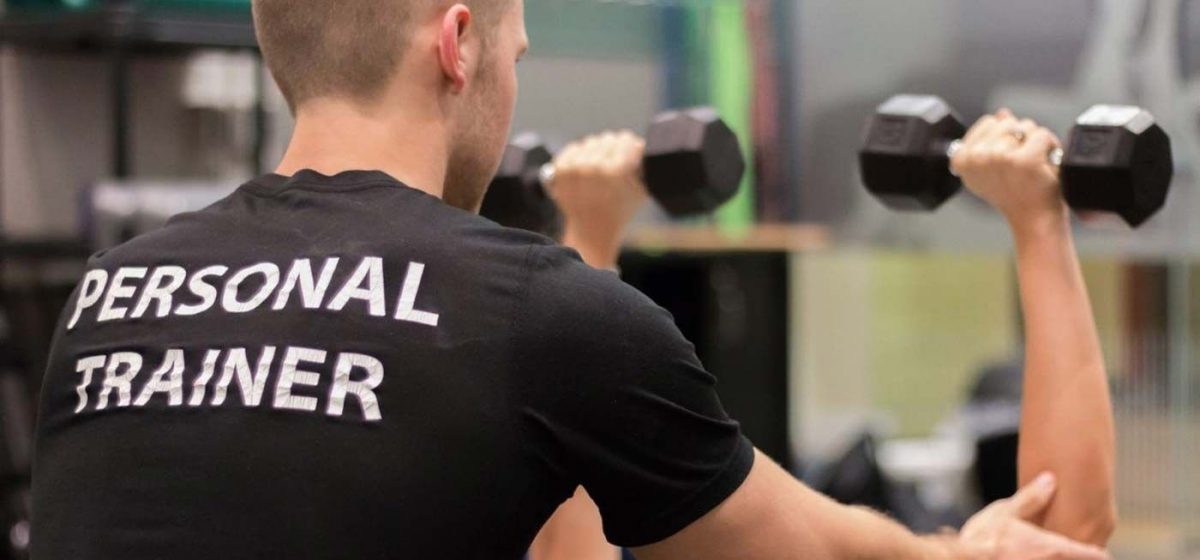
From improving your posture to boosting your energy levels, the benefits of functional fitness extend far beyond the gym. It’s a holistic approach to fitness that empowers you to live a more active, healthier, and fulfilling life. So, embrace the challenge, challenge your limits, and experience the transformative power of functional fitness.

